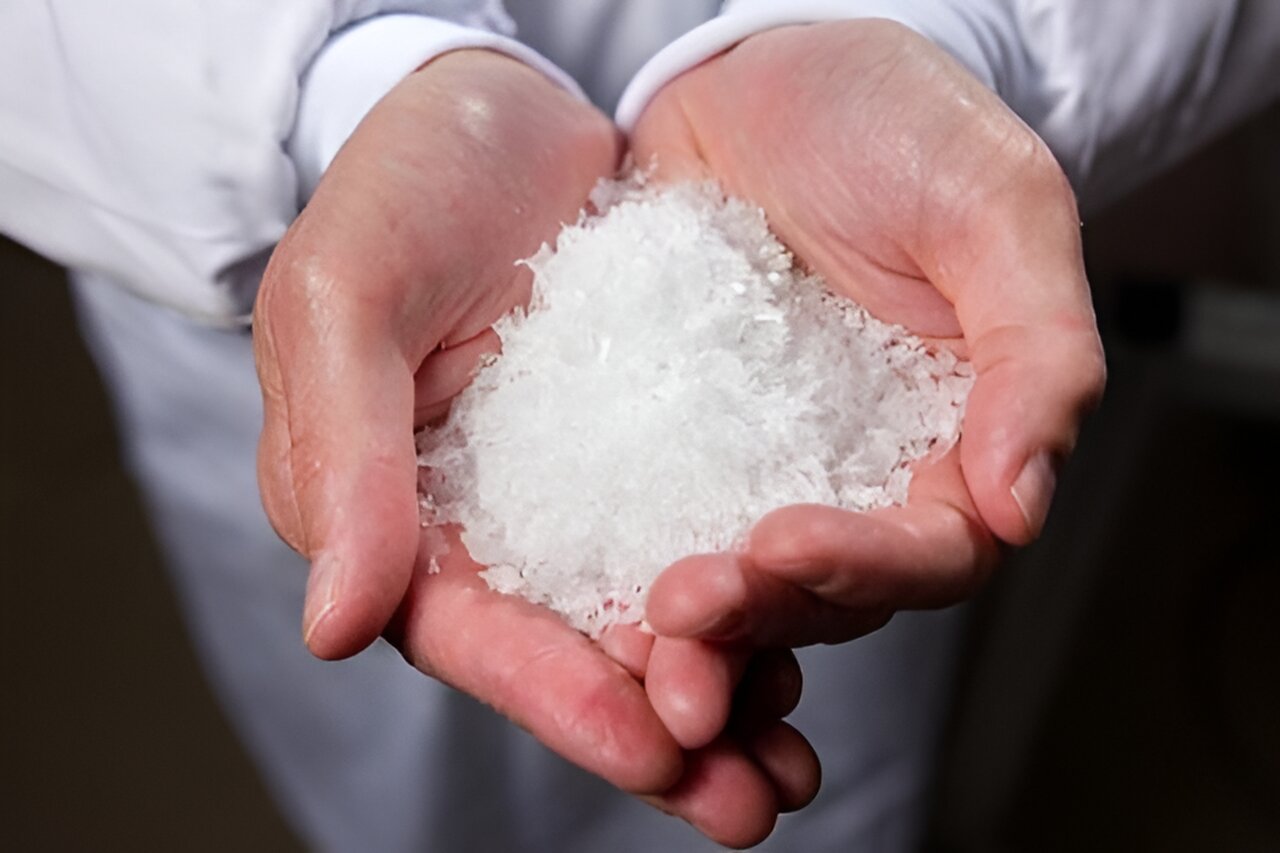Popping open the fizz, sipping on a cold glass of Baileys, or raising a glass of wine could lead to long-term health problems if not consumed sensibly.
Indulging during festivities may seem like harmless fun, but hospital admissions tell a different story. Data released from the Office for Health Improvement and Disparities has been startling.
In 12 months, the number of hospital admissions due to an alcohol-induced disease has increased by 22 percent. The British Liver Trust pointed out that hospitalisations due to alcohol-related fatty liver disease have increased by almost 47 percent compared to a decade ago.
Vanessa Hebditch, Director of Policy at the British Liver Trust, said “These figures once again demonstrate how action is needed.
“The surge in hospital admissions emphasises the urgent need for immediate action to tackle the growing burden of liver disease on the NHS and society as a whole.”
Alcohol-related fatty liver disease does not have any noticeable symptoms, the NHS warned.
That is, until the liver is severely damaged, which then could lead to:
- Abdominal pain (stomach ache)
- Loss of appetite
- Fatigue
- Feeling sick
- Diarrhoea
- Feeling generally unwell.
Alarmingly, three-quarters of people diagnosed with liver scarring are so severely affected at that point that it’s too late for effective intervention. This is because the disease goes largely unnoticed for several years while scar tissue builds up in the liver.
The liver is responsible for numerous bodily functions, including cleansing the blood. Should the liver be greatly impaired, the disease can be devastatingly fatal.
The British Liver Trust clarified: “You don’t have to show signs of addiction to be affected by alcohol-related liver disease. Having half a bottle of wine or a few pints most evenings can damage your liver.”
Routine blood tests can see how scarred your liver is, with the level of fibrosis measured on a scale from zero to four. The higher the number on the scale, the more severe the liver damage could be.





/cdn.vox-cdn.com/uploads/chorus_asset/file/24347780/STK095_Microsoft_04.jpg)

